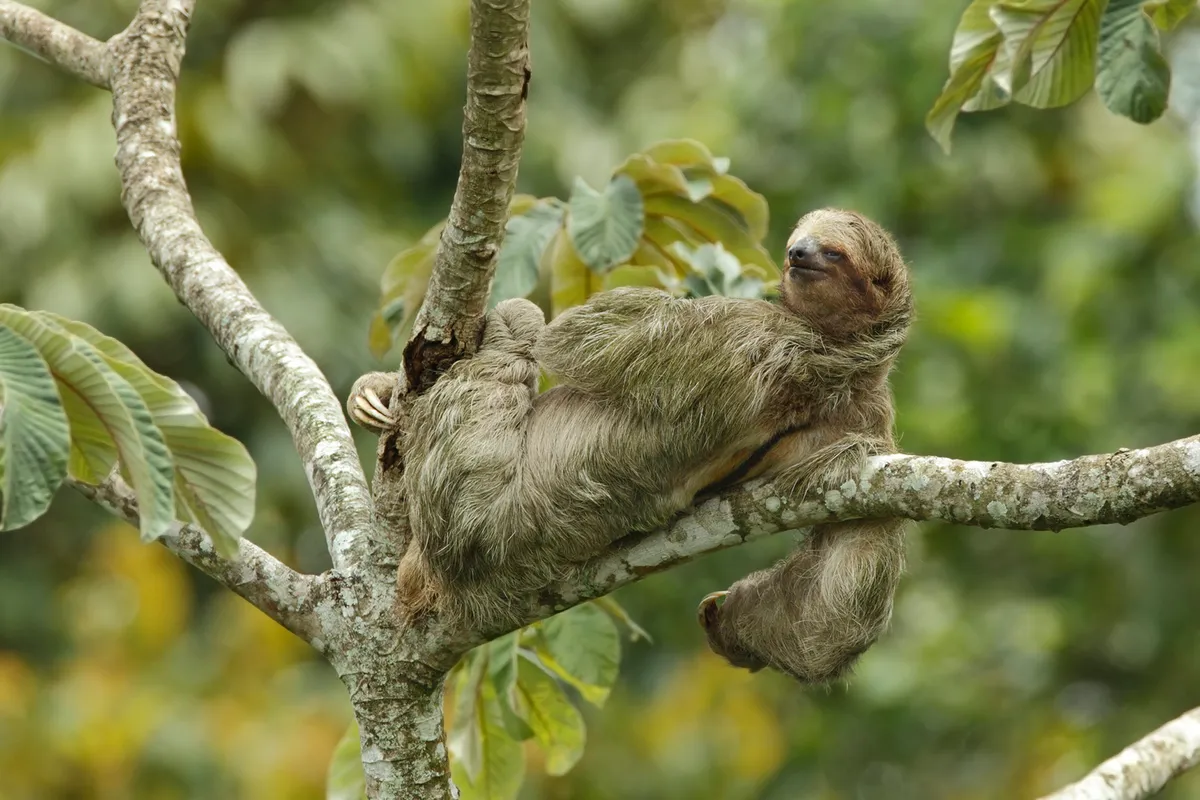Animals have some bizarre bathroom habits, from pooping 40 times a day to eating it for breakfast. Some use poop to mark territory, while others risk their lives to keep their living space clean.
In this article, we explore 10 of the most weird, gross and fascinating toilet habits in the animal kingdom.
- Poop facts: 7 fascinating – and weird - truths about animal poo
- Why some animals have just one hole for everything – from pooping to mating – and how this all-in-one exit actually works
- From whale wee to porcupine sprays: 8 fascinating – and weird – facts about animal pee
10 weird animal toilet habits
Worker honeybees clean up other bees' poop

Worker honeybees are meticulous housekeepers, and that includes dealing with bee poop. While they leave the hive to defecate, the queen does not. And younger bees aren't always able to either. Workers set to work removing any droppings left inside the hive, scraping, carrying it and disposing of the waste outside.
Chinese soft-shelled turtles pee out of their mouths
![Chinese Softshell Turtle [Pelodiscus sinensis]](https://c02.purpledshub.com/uploads/sites/62/2024/10/Pelodiscus-sinensis-scaled.jpg?webp=1&w=1200)
Instead of excreting urea through their kidneys, Chinese soft-shelled turtles expel it through their mouth lining, an adaptation that helps them survive in brackish marshes. If they expelled urea in the usual way, they’d need to drink lots of water to flush it through their kidneys, which would be dangerous. This technique enables the turtles to produce urea in a concentrated form, and expel it up and out.
Hippos spray poop by whirring their tail
Hippos have a notoriously messy way of marking territory: they spray their poop by rapidly wagging their short tails. This foul poop-flinging display spreads scent far and wide, warning rivals to keep their distance.
Chimps wipe their bottoms, just like us

A 2025 study revealed that chimpanzees clean themselves after defecating by wiping with leaves, much like our own use of toilet paper. Researchers also observed them cleaning their genitals with leaves after mating, showing that personal hygiene is far from a human-only behaviour.
Bears hold in their poop for the whole of hibernation

Animals hibernate by dropping their heart rate, slowing their breathing and reducing their metabolism. These changes allow them to save energy and endure long stretches without food. Some animals – including dormice, bats and chipmunks – occasionally rouse themselves for a snack and to go to the toilet. Bears, however, reach a hibernation-like state can last for around six months, during which time they don’t need to pee or poop at all.
Rabbits eat their droppings
Rabbits survive on tough, fibrous plants, but much of the nutrition passes through undigested. To reclaim it, they perform coprophagy – eating soft droppings (rather than the little black round ones) and digesting them a second time. Hares do the same.
Pandas poop 40 times a day
Giant pandas spend roughly 14 hours daily searching for food, mainly bamboo. Their digestive systems are inefficient at extracting nutrients so much of the bamboo they eat passes through their bodies quickly, leading to frequent bathroom breaks. On average a panda will poop 40 times a day.
Sloths poop just once a week

On the other end of the scale are sloths. They typically poop just once a week. Sloths are very particular about hygiene. In the wild, they slowly descend from the tree canopy to the forest floor to relieve themselves, despite it being a risky journey as coming down exposes them to predators.
Wombats use poop to attract a mate

The Australian marsupial can produce up to 100 cube-shaped droppings each night, using them to mark its territory. The unique shape prevents them from rolling away. Wombats stack the cubes – higher piles signal stronger messages – to communicate with and attract other wombats in the area.
Capybaras eat their own poop for breakfast
Capybaras, much like rabbits, are one of the types of animals that regularly eat their own poop. They do it in the morning, when the faeces is high in protein thanks to the microbes digesting the previous day’s meals.
Main image: Bear on the tidal flats of Lake Clark National Park, Alaska. Credit: Getty




